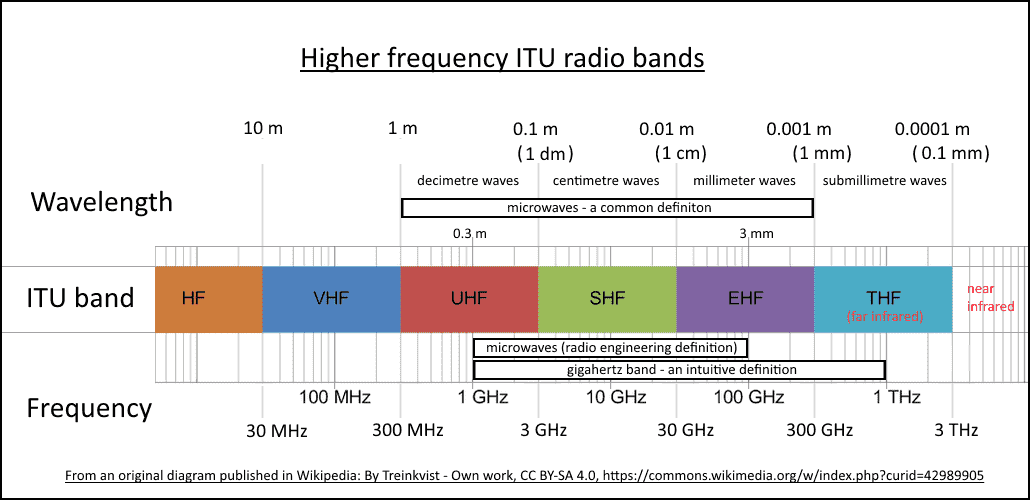- About us
- Product
- Dual-Junction Circulator
-

Dual-junction Microstrip Circulator
-

Dual-junction Drop-in Circulator
-

Dual-junction Coaxial Circulator
- Customized
- Technical Note
- News
- Contact us
NEWS
Updated on:
Keywords: VHF circulator, 30–300 MHz, RF circulator, microstrip circulator, drop-in circulator, coaxial circulator.

The VHF band (30–300 MHz) underpins aviation voice links, marine communications, land-mobile radio, VHF TV legacy channels, and FM broadcasting. In this spectrum, VHF circulators—three-port non-reciprocal devices—support duplexing, power amplifier (PA) protection and controlled signal routing in transceivers and radar front-ends. In 2025, refresh cycles in aviation and marine infrastructure, continued public safety investments, and modernization of broadcast auxiliary services sustain the need for rugged, low-loss, and temperature-stable VHF circulators.
Indicative engineering targets at VHF (program dependent): IL ≤ 0.3–0.7 dB; Isolation ≥ 18–25 dB; VSWR ≤ 1.25–1.5; rated CW/PK power with VSWR 2–3 survivability across temperature.
VHF (Very High Frequency) sits above HF (3–30 MHz) and below UHF (300 MHz–3 GHz). Wavelengths span ~10 m to 1 m, enabling relatively long-range line-of-sight links with modest infrastructure while requiring longer antennas than UHF. Compared to higher-GHz systems, VHF experiences lower free-space loss and less rain attenuation, which benefits maritime and aeronautical services and large-area coverage systems.
VHF circulator demand in 2025 follows three vectors: (1) aviation VHF voice modernization (118–137 MHz) including digital supplements and improved ground infrastructure; (2) marine VHF refits for ports and coastal coverage (typically around 156–174 MHz); (3) public safety & land-mobile systems (e.g., 136–174 MHz) with enhanced resilience goals. Broadcast and special events also drive auxiliary services using VHF links for intercom and telemetry where low insertion loss and temperature stability are critical.
VHF circulators are delivered in microstrip (PCB-integrated), drop-in (mechanically robust, higher power), and coaxial (connectorized) formats; SMT/hybrid approaches are used where assembly economics or low profile matter. Selection balances bandwidth, PA power, serviceability, mechanical constraints, and environmental exposure.
Explore typical formats: Microstrip Circulator · Drop-in Circulator · Coaxial Circulator
Insertion Loss (IL): VHF links are often margin-sensitive; 0.1–0.2 dB deltas can reshape PA headroom and coverage predictions. IL depends on ferrite loss tangent, conductor/dielectric loss, surface finishes, and launch quality.
Isolation: Duplexed services and shared sites require consistent isolation across ambient and antenna mismatch. Bias field uniformity and matching networks govern bandwidth-edge behavior.
Return Loss / VSWR: Good matching eases coexistence with duplexers/filters and reduces PA stress under field VSWR excursions.
Power & Linearity: Validate CW and peak envelopes under worst-case VSWR 2–3 with duty-cycle and thermal corners; check intermod if multiple carriers coexist.
Under ITU band naming, VHF spans 30–300 MHz. Common operational segments include:
Designers must conform to regional rules (licensing, ERP/EIRP, spectral masks). Circulator bandwidth, return loss and isolation should be aligned with the end-market band plan and any duplexer or cavity filter employed.
Tower, approach, and en-route voice communications depend on high availability and clarity. Circulators protect PA chains from antenna mismatch, stabilize duplexed paths, and mitigate self-interference in shared-site stacks. Reliability across altitude and temperature excursions is crucial.
Port authorities and coastal services rely on ruggedized enclosures, corrosion resistance, and salt-fog tolerance. Circulators must retain isolation after humidity cycling and vibration.
Base stations and repeaters demand stable isolation to prevent PA/Rx desense and intermod in multi-carrier sites. Coaxial circulators allow quick field service, while drop-ins suit high-power cabinets.
FM broadcast auxiliaries and intercom links benefit from low IL and predictable return loss when space is limited and antennas are compromised (temporary deployments).
Propagation experiments, ionospheric sounders and lower-VHF radars use circulators for Tx/Rx isolation and PA survival during tuning. Labs favor connectorized units for rapid reconfiguration.
VHF circulators exploit ferrite gyromagnetic properties under a DC bias to achieve non-reciprocity. Performance is governed by ferrite composition and saturation magnetization, puck geometry, pole-piece and magnet design, and junction/matching networks. Because VHF wavelengths are longer, enclosure resonances, connector launches, and cavity effects require early EM-mechanical co-design.
Where local rules differ, consult national regulators and current operator/channel plans before freezing front-end specs.
About the Author
HzBeat Editorial Content Team
Marketing Director, Chengdu Hertz Electronic Technology Co., Ltd. (Hzbeat)
Keith has over 18 years in the RF components industry, focusing on the intersection of technology, healthcare applications, and global market trends.